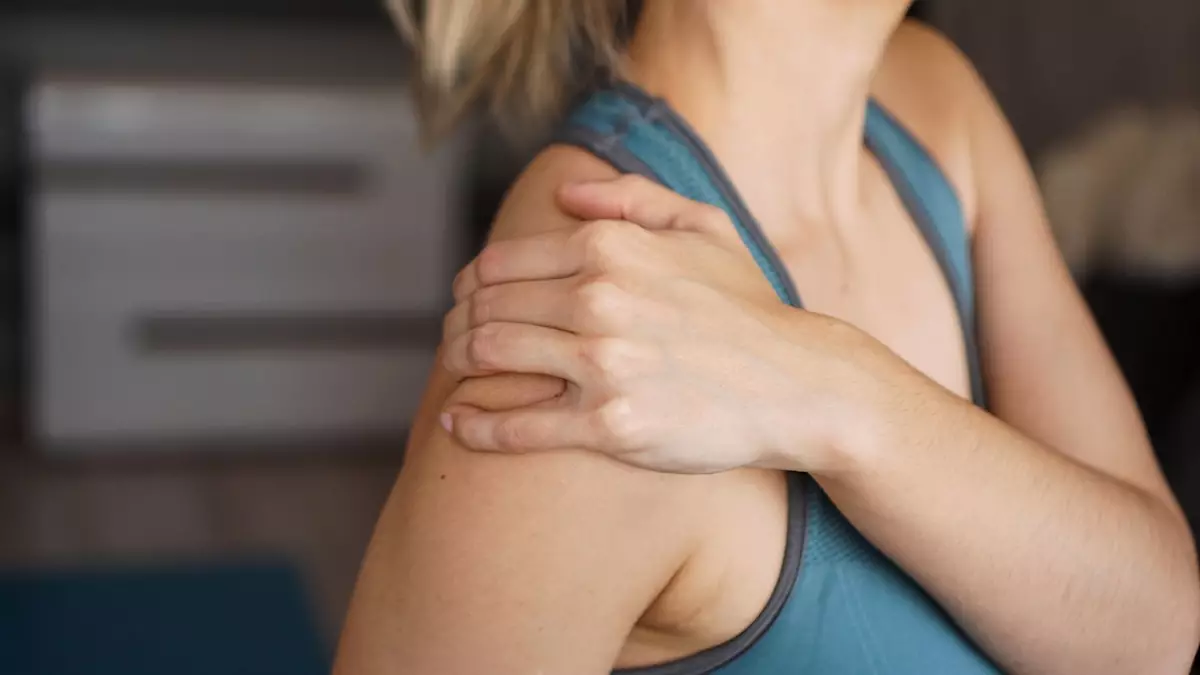As women embark on the path towards perimenopause, they often expect a variety of changes: hormonal fluctuations, emotional variations, and physical transformations. Among the myriad of symptoms that accompany this stage, joint pain is frequently dismissed as a mere byproduct of aging or lifestyle choices. However, it is essential to recognize that, for many women, the decline in estrogen during this transition period can lead to unexpected discomfort, particularly in the joints. This reality hit home for me in my mid-40s when I was blindsided by debilitating joint pain that seemed disconnected from my otherwise healthy lifestyle.
Despite my commitment to a balanced diet and a regular exercise routine, my body began to rebel against me. Mornings often began with unyielding stiffness in my knees and lower back, while tension surged from my shoulders to my neck. The disparity between my efforts and my body’s response left me feeling frustrated and defeated. It was clear that I needed to delve deeper into understanding this phenomenon and explore effective remedies that went beyond common pain relief strategies.
Exploring Options Beyond Conventional Treatments
Determined to alleviate the joint pain that plagued my daily life, I explored various traditional methods such as painkillers, chiropractic care, and massages. While each treatment provided some level of relief, they often failed to address the root cause: the need for greater flexibility and mobility. It became apparent that I required a comprehensive approach that was focused not just on alleviating pain, but also on enhancing my body’s overall functionality.
This quest for improvement led me to an intriguing concept known as assisted stretching, which ultimately redefined my understanding of physical wellness. Assisted stretching involves techniques that aid individuals in safely achieving deeper stretches, consequently increasing joint mobility and reducing tension. This was a novel approach that sparked my interest, leading me to seek out a facility known for its expertise in this area—StretchLab.
From the moment I arrived at StretchLab, I was enveloped in a welcoming environment designed to promote relaxation and healing. My initial impression was validated by my Flexologist, Claudia Zappino, whose expertise and empathetic demeanor instantly put me at ease. She guided me through the process, explaining how assisted stretching could specifically benefit individuals in perimenopause.
Claudia introduced me to Proprioceptive Neuromuscular Facilitation (PNF), a stretching technique that involves both contracting and relaxing muscle groups. This method fundamentally alters the way the body responds to stretching, allowing for deeper engagement and increased flexibility. As I surrendered myself to this newly discovered practice, I could feel an immediate shift—a sense of liberation as my body started to loosen up in ways I had not experienced in years.
During my first session, I was pleasantly surprised by the immediate relief that accompanied each carefully coordinated movement. Under Claudia’s guidance, I learned to embrace the sensations of discomfort, recognizing that they were instrumental in reclaiming my sense of mobility. Each subsequent session reinforced this transformation, and by the end of my third visit, I was awakening with significantly less discomfort, ready to embrace the day without the burden of joint pain.
One of the most enlightening aspects of my experience at StretchLab was the wealth of benefits that assisted stretching provides beyond pain relief. Claudia explained that incorporating regular stretching into my routine could improve circulation, enhance sports performance, lower stress levels, and foster better overall posture. These insights underscored the holistic nature of what StretchLab offered, as the post-stretch indulgences such as warm ginger tea and circulation-boosting compression boots further nurtured my body and mind.
Through these sessions, I gained more than just physical relief; I cultivated a deeper relationship with my body. Claudia’s mantra—”Live Long Well!”—resonated with me as a powerful reminder that menopause is not a limitation but rather a transition that invites us to adapt and thrive. Indeed, assisted stretching has empowered me to reclaim my body’s strength and flexibility, enabling me to move with newfound grace and confidence.
The journey through perimenopause can be fraught with challenges, but it also presents an opportunity for self-discovery and rejuvenation. Assisted stretching, as I have learned through my experiences at StretchLab, is not merely an avenue for easing joint pain—it has become a vital part of my self-care toolkit. By fostering flexibility and mobility, it allows me to navigate this phase of life with resolve and strength.
For anyone grappling with similar struggles during this period of transition, I wholeheartedly recommend exploring assisted stretching. It may transform not just how you move, but how you view this significant phase of your life. Menopause is indeed a transition, but, with the right tools, it does not have to signify the end of your strength or vitality; rather, it can mark the beginning of a new and flourishing chapter in your life.

